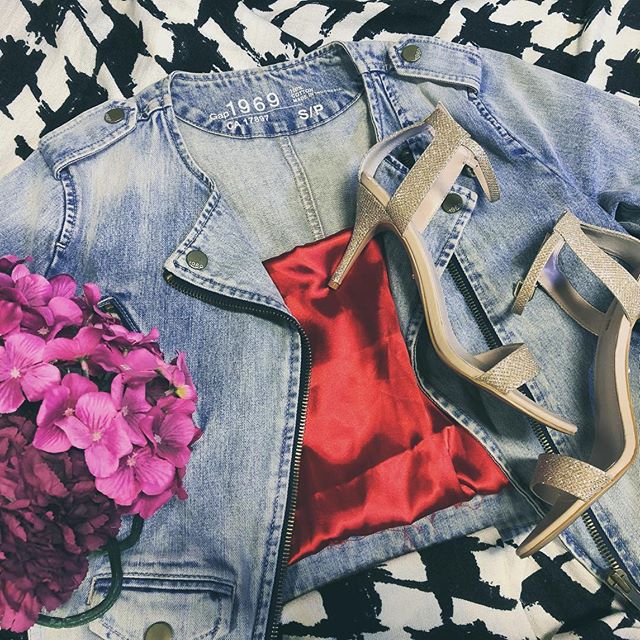Thrift stores both in online and traditional brick and mortar formats are gaining popularity for a number of reasons. Consumers are increasingly conscious of the way their purchases impact their environment and thrift stores offer them a way to reduce their carbon footprint while supporting their community.The fashion industry is also often driven by a sense of nostalgia and as older styles resurface, thrift stores are always ahead of the curve. No thrift store is the same and navigating a store is often tough work but finding the hidden gems makes it all worth it. Several consumers including social media personalities and celebrities have caught on to this thrill, featuring the treasures they find on their platforms and inspiring a whole generation of second-hand shoppers. Thrifting can be a rewarding experience where customers can buy good quality, affordable items while minimizing the carbon footprint of the fashion industry and supporting their communities.
The fashion industry has a tremendous impact on the environment. The world bank estimates that the fashion industry is responsible for 10 % of annual global carbon emissions, which exceeds the footprint of all international flights and maritime shipping combined. Every year the fashion industry uses 93 billion cubic meters of water which is enough to satisfy the consumption needs of 5 million people. Every year a half a million tons of plastic microfibers are dumped into the ocean, the equivalent of 50 billion plastic bottles. Of the total fiber input used for clothing, 87 % is incinerated or disposed of in a landfill. The world bank recommends that consumers take action by donating old clothes so they don’t end up in landfills, purchasing high quality clothes that last several wash cycles, and purchasing clothing made with recyclable materials or second-hand clothing.
Fashion trends are cyclical and thrift stores serve as time capsules where customers can obtain the latest resurrected trend. Scrunchies first patented in 1987 are back more than 20 years later. Crochet, which was first used in clothing in the 1920s and 30s and became popular again in the 1960s, returned to runways in the spring of 2020. As did the iconic Disco Collar from the 1970s, Bermuda shorts from the 1920s and wallpaper prints from the 60s. Even more recent trends like Puka shell necklaces and platform heels from the 2000s returned to runways in 2020. Retail giants such as Urban Outfitters and even online stores like Fashion Nova are quick to offer customers the newest version of an old favorite but thrift stores allow trend-setters to stay ahead of the game while supporting a good cause.
Thrifting is often unpredictable since every thrift store is different but the thrill of the hunt for unique pieces makes it exciting and different from traditional retail. Unlike a traditional retail environment, stock in thrift stores can changes daily. Customers can browse through a variety of styles that are may no longer be available in malls and shopping centers with the caveat that most items are one of a kind and only available in one-size. Despite the challenges that come with thrifting, customers enjoy the sift through racks of clothing to find the item that fits them just right. Thrifted items can also be re-invented with a little skill through alterations. Thrift store purchases make excellent souvenirs since donations are often from the community around the store and support the community in some way. Customers can find affordable high quality items that have stood the test of time.
Several social media personalities promote thrifting and thrift stores on various platforms including YouTube, Instagram and Facebook. Some of these channels include detailed guidelines on how to shop at thrift stores, alter thrift store clothes and maintain a capsule wardrobe so as to minimize the waste generated by the fashion industry. Together they help lift the stigma associated with second-hand clothing and help move consumers to make the shift to sustainable shopping while giving back to the community.
At the Still Fabulous Thrift Stores we offer high quality second-hand clothing and reasonable prices. Proceeds from the stores go towards support programs and services at the BC Children’s and Women’s Hospitals such as the Family Support Centre, ChildLife Centre, the Fun Cart and the Sibling Daycare project. We accept donations ranging from clothing for men, women and children to small housewares and accessories. The success of the store can be attributed to our hard-working volunteers who sort, tidy and sell these donations. We look forward to seeing you in our stores!
Sources
https://edition.cnn.com/2013/06/11/living/thrift-store-style/index.html
https://www.varsity.co.uk/fashion/18062
https://www.harpersbazaar.com/fashion/trends/g28969877/spring-2020-fashion-trends/
https://www.allfreecrochet.com/Basics/The-History-of-Crochet
https://www.popsugar.com/fashion/trends-making-a-comeback-in-2020-46997165
https://www.insider.com/2000s-fashion-trends-coming-back-2019-10
https://www.vogue.com/fashion-shows/spring-2020-menswear/linder
https://www.worldbank.org/en/news/feature/2019/09/23/costo-moda-medio-ambiente

